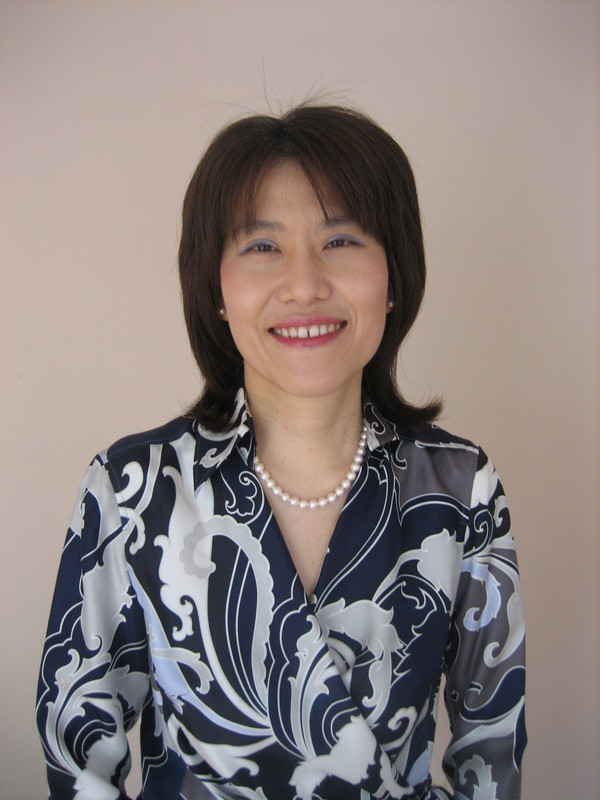
The role of teacher interactions in young learners’ L2/FL learning
Organizer: Yuko Goto BUTLER, University of Pennsylvania
Second language acquisition (SLA) research has been developed largely based on adult second/foreign (L2/FL) learners until recently. Despite the growing popularity of teaching L2/FL to young learners (defined as children up to 12 years old), we still have relatively little information on SLA which can be directly informative for teachers of young learners. Classroom teachers of young learners often express their pedagogical concerns but our current knowledge in SLA research may have limited direct implications for young learners due to the various age-related factors and contextual constrains that teachers of young learners often encounter. Ellis and Shintani (2014) observe that teachers have difficulty finding answers to their concerns in SLA; the “implications” that are typically addressed at the end of SLA research papers are not necessarily tied to teachers’ immediate concerns.
In the spirit of the above-mentioned observation made by Ellis and Shintani (2014), this colloquium consists of four instructed SLA papers. Among the various concerns that teachers often have, this colloquium focuses on the role of teachers’ interaction in young learners’ FL learning and development. As one can see below, the presenters employed a variety of theoretical and methodological frameworks and conducted studies with different age groups and in different contexts. Yet, their research questions were all originally inspired by teachers’ concerns and puzzlements in their classroom practice. It is hoped that the present colloquium is indicative of a broader effort to bridge the gap between research and practice for teaching FL to young learners.
w Paper 1: Input-based instructional practices in Korean elementary school classrooms
Hye Won SHIN (Hankuk University of Foreign Studies)
Over the last decade, publications on instructed second language acquisition—such as Ellis and Shintani (2013), Loewen (2015), and Loewen and Sato (2017)—have made the implementation and optimization of classroom instruction that assists and promotes language acquisition an increasingly vital topic for language educators and researchers. Despite this trend, research on the role of L2 instruction with respect to young learners is limited, specifically as to how the quality and quantity of input contributes to L2 development. In this presentation, I will highlight evidence-based research showing how a classroom rich in L2 input can support the development of vocabulary knowledge among young learners. I will draw on recent work by both myself and my colleagues that investigates the impact of listening-related interventions on the L2 vocabulary skills of Korean elementary school students.
w Paper 2: The effects of implicit and explicit grammar teaching tasks
Yuko Goto BUTLER (University of Pennsylvania) & Eiichi OKAZAWA (Gyosei Elementary School, Japan)
SLA research informs us that both implicit and explicit instructions are important. However, current research does not address how best to balance implicit versus explicit instruction, and how and when to introduce explicit teaching to young learners. In this study, we begin to address such questions by focusing on the teaching of the 3rd-person singular –s. This morphosyntax construct has been observed to be difficult for children to acquire by having mere exposure in instructional FL settings. The present study introduced three inductive tasks which differed in their degree of explicitness. The first task (task 1) directed attention primarily to meaning; task 2 directed attention to forms without explicit explanations; and task 3 was a metalinguistic task to discover the rules of this morphosyntax. The tasks were implemented among 120 fifth-grade students in Japan who had been receiving meaning-focused instruction since the 1st grade level. The results indicated that there were substantial inter- and intra-individual variabilities (variabilities across individuals as well as within individuals) and the effects of different tasks were influenced by each student’s developmental level, or what Vygotsky (1978) would describe as their Zone of Approximate Development. For example, when children showed variable responses within a task, introducing and/or repeating explicit tasks turned out to be effective.
w Paper 3: The role of teacher’s input on young foreign language learners’ unit analysis
Keiko IMURA (Takushoku University, Japan)
Teaching English to young learners should not be based on the assumption that units of language that children are exposed to are just memorized wholes. Usage-based account on language acquisition holds that children are at first limited to identification of similar frame and slots in holistic units, but those units gradually develop into productive patterns. Based on this account, the study explores how young foreign language learners in a classroom setting analyze units of language, and how the teacher’s input facilitates the analysis. Categorization of young learners’ utterances shows that units are analyzed (whole to parts) for further constructions (parts to whole). Utterance schemas emerge, showing possibility of rule generations. However, I hypothesize that this happens in a condition where they are properly exposed to linguistic representations. Distribution of the teacher’s linguistic input plays an important role on children’s pattern finding, and the variation of units is the key to linguistic analysis.
w Paper 4: Young learners and imitation: How they use linguistic support during L2 writing
Juliana SHAK (Universiti Brunei Darussalam, Brunei)
Imitation is central to Vygotsky’s construct of the zone of proximal development. Accordingly, a learner is able to imitate only the activity that is within his or her developmental level. The present study examines the element of imitation amongst young ESL learners when they utilised linguistic support that was provided to them during collaborative writing. Linguistic support was presented to them in the form of short paragraphs of text outlining the introduction and beginning of a plot for a story, and they were asked to select and use words or expressions that they themselves feel were most useful in helping them narrate their story in the L2. Two dyads of Year 5 learners (aged 10) of different L2 proficiency levels were selected for qualitative analysis as they participated in an 8-week classroom-based intervention. The findings revealed that while all participants shared some similarities in their selection of words to support their oral and written narration, there was a tendency for the high-high proficiency dyad to select expressions rather than individual words. The high-high and low-low proficiency dyads also displayed differences in terms of the quantity and quality of imitation in their written work.



